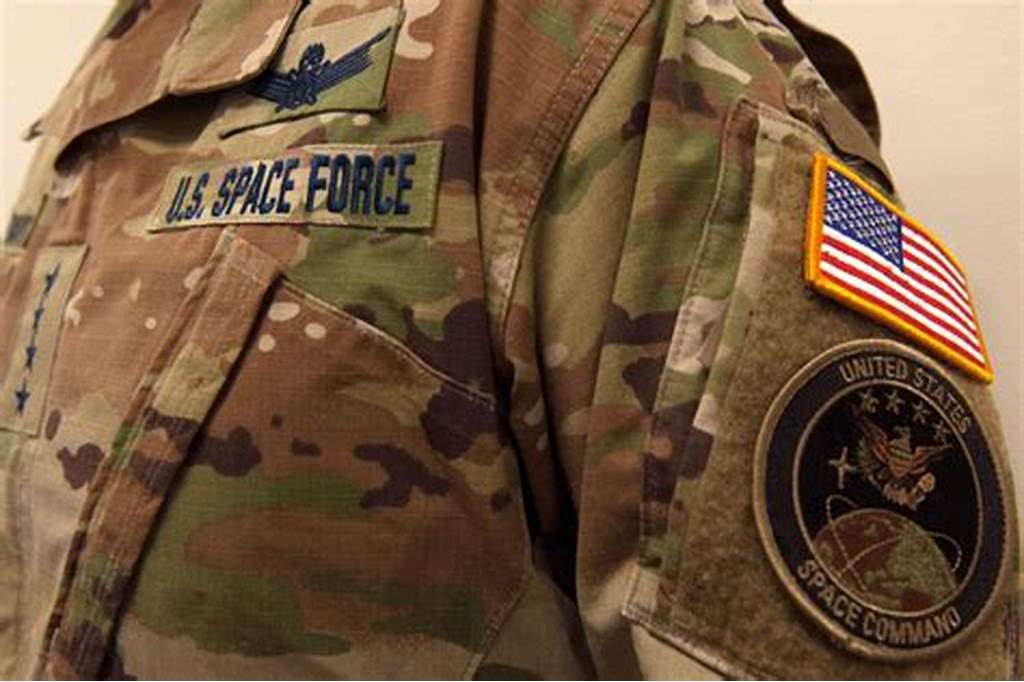
Space, once a boundless frontier explored for the sake of human curiosity and scientific advancement, has transformed into a contested domain.

Today’s military strategists grapple with the prospect of space as the next theater of war—a realm that demands adaptation of maritime strategy and the consolidation of a dedicated military branch.

The inception of the U.S. Space Force on December 20, 2019, marked a pivotal moment in military history. Stemming from a recognition of space as a national security imperative, the Space Force consolidates satellite acquisition, budget, and workforce from over 60 organizations into a single entity poised for efficient and effective space operations.

Yet, as we navigate the outer reaches of the atmosphere, a debate simmers regarding which branch of the military should dominate this sphere and how space warfare might resemble naval battles of yore.

Arguably, space operations mirror naval ones. The concept of lunar bases and Martian colonies evokes comparisons to Europe’s maritime expansion. Matt Hipple suggests that sustained space operations are “clearly naval operations,” calling for a naval culture to address the United States’ long-term space needs.

However, this raises a question of whether the Air Force’s expertise and mentality are suited for these advanced missions. The critique posits that although the Air Force has supported companies like SpaceX, its institutional interest remains tethered to traditional missions with a limited view of space’s potential.

Dissenting voices propose that a subset of airmen already adopt—or consider adopting—naval culture for space operations. This idea stems from advanced space thinking produced mainly by airmen who draw heavily from naval history and theory.

Books like “Astropolitik” and “Space Warfare” leverage naval concepts to craft space-power theory, underscoring the influence of naval strategy in space thought.

An example often cited in support of the Air Force’s claim to space is Project Orion, a visionary effort from 1957 to 1965, which aimed to launch a spacecraft using nuclear propulsion.

Despite its resemblance to a naval vessel, the project’s most fervent advocate was an airman, Gen. Thomas S. Power of the Strategic Air Command.

This demonstrates that airmen involved in space culture acknowledge the necessity of integrating naval strategic elements.

The debate extends to organizational structures. Questions about the redundancy of the U.S. Space Force and U.S. Space Command have surfaced. Critics argue that the latter’s existence might be superfluous, proposing that the Space Force alone could manage joint space operations.

Nevertheless, others contend that both entities serve distinct and crucial roles in America’s defense architecture, with the Space Force focusing on preparing space forces and the Space Command orchestrating space operations and integrating them into joint military efforts.

The current discussion mirrors historical precedents, such as the founding of Space Command under Ronald Reagan and the establishment of the National Reconnaissance Office during Dwight Eisenhower’s presidency.

Past experiences caution against centralizing space authority, suggesting that a diverse command structure might better serve the complexity and inter-service requirements of space operations.
Relevant articles:
– Space Wars: Why the Air Force and Navy Will Fight For Control of the Space Corps, The National Interest
– About Space Force, Space Force (.mil)
– Necessity of army and navy in a space warfare setting, Worldbuilding Stack Exchange
– Organizing to Deter or Prevail in Space Warfare, War on the Rocks
